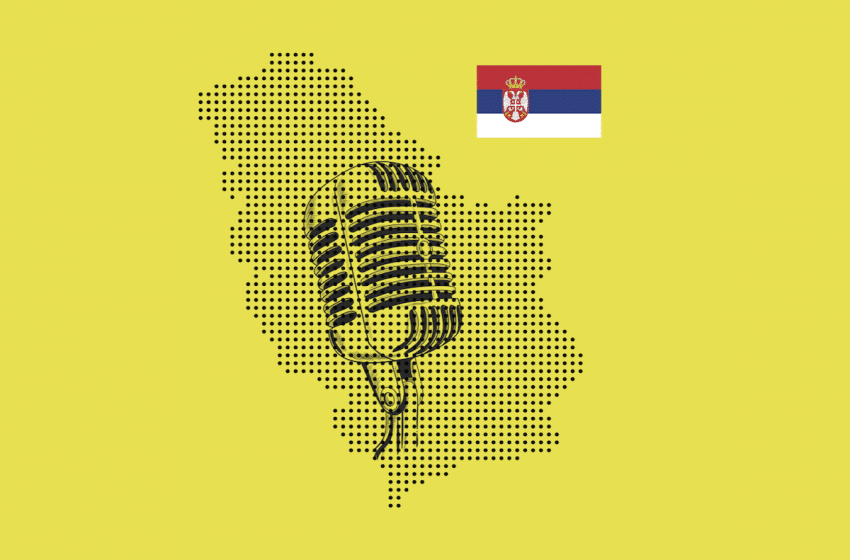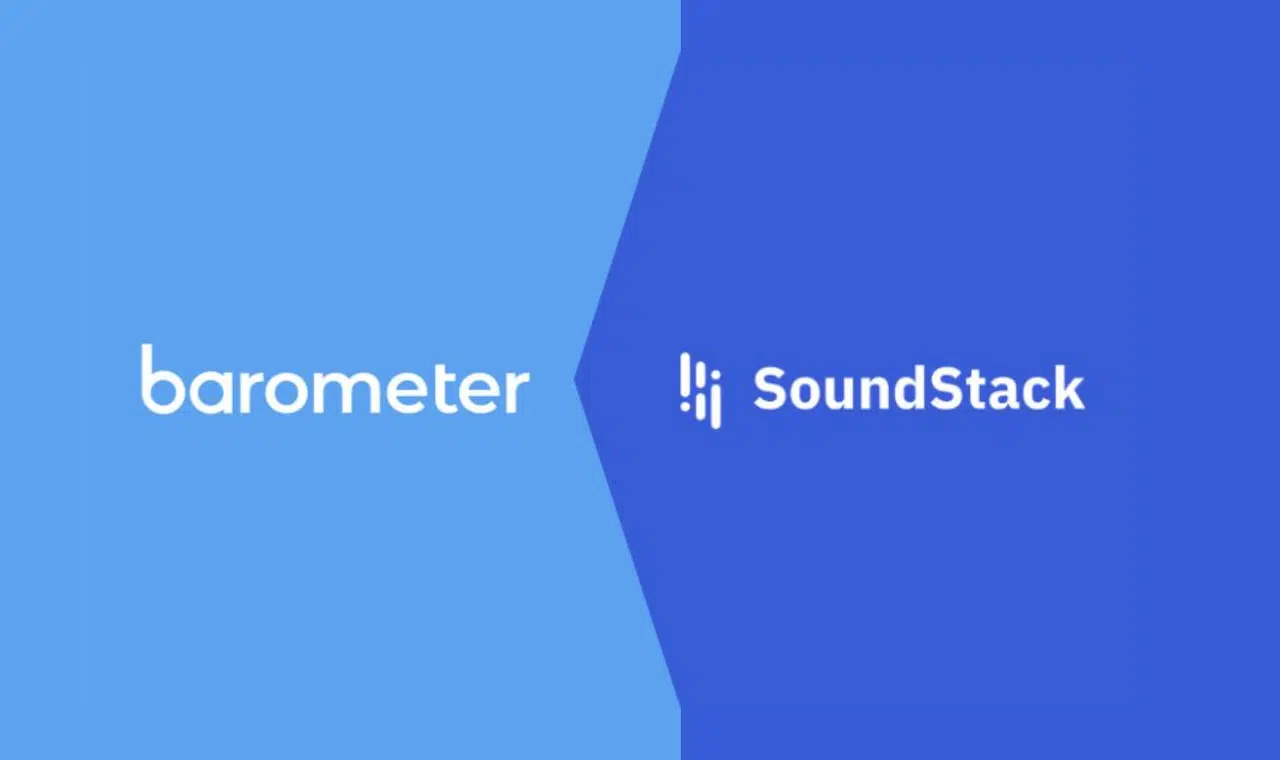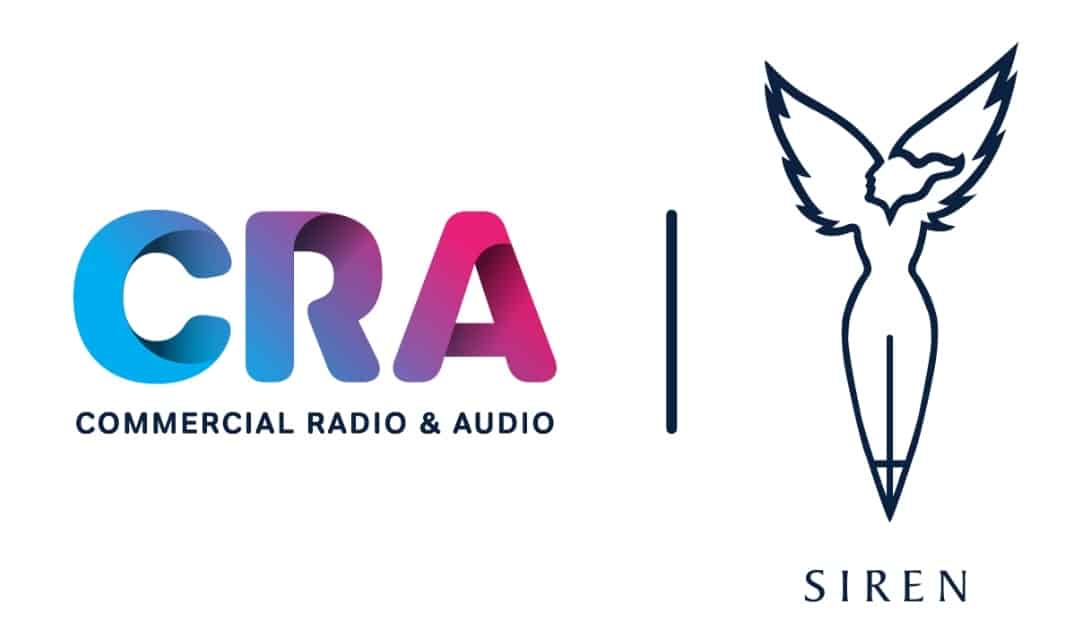
BELGRADE, Serbia — According to the officially available data of the Serbian Business Registers Agency “Agencija za privredne registre” (APR), in the wake of the COVID-19 pandemic in Serbia, there were 2,508 registered media outlets, of which 937 were print, 751 internet news portals, 333 radio stations, 244 television stations, 28 news agencies and 84 internet domains not explicitly registered as media, but which nevertheless offered media information.
This emerged in a recent study in Serbia by the Faculty of Economics and Business in Belgrade on the influences of digitization on the sustainability of local media. The central point in the study is that contrary to the extremely large number of media, which are considered a “seventh power” in a small country with a population of 6.7 million, their real market strength and capacity are much less encouraging.
According to an investigation published by the audience research agency Nielsen’s “Audience Measurement Serbia” survey on the strength of the market, back in 2019, the total Serbia media advertising market was €210 million. This was the first time since 2008 it had surpassed the previous highest of €206 million. That was before the effects of the world economic crises hit Serbia.
…and then came Covid
However, any celebrations in 2019 were short-lived. COVID-19 struck in early 2020, restricting the operations of media companies and reducing the Serbian media market to €198 million.
According to a report released by the International Research and Exchanges Board “Irex,” the total income of the media registered by the APR is currently €414 million, 43% of which comes from advertising. Out of that, more than half goes to TV, 21% to print, 11% to outdoor advertising and 9 % to the internet. Only 5% of advertising income goes to radio.
This snapshot of the entire Serbian media advertising market evokes the image of a small swamp with too many crocodiles. And some of those crocodiles are unknown. Besides the more than 2,500 competing media organizations registered in Serbia, there are also unknown internet-based media content suppliers eyeing the swamp. Because these fall out of the ambit of Serbian regulators, they are making it increasingly difficult for those playing fair.
Media (un)sustainable
Furthermore, according to the magazine “Biznis i Finansije” (“Business and Finance”), Serbia’s Media Sustainability Index is lower than two, meaning that the sustainability of the domestic media market is disastrous.
This would suggest that the survival of Serbian radio depends primarily on its capacity to secure more traditional advertising or to secure alternative types of sponsorship support. However, this could come at the cost of content quality.
This situation leaves little maneuvering space to run a sustainable and independent media operation, let alone produce quality radio reporting. For more than a decade Serbia has had an unsustainable mixed media system with constant drops in global rankings.
Consequently, more and more Serbian media consumers are increasingly relying on alternative news sources on the internet — a far more dangerous swamp, where too many players offer disputable news quality and questionable reliability.
Blažo Guzina is a retired Acoustics Engineer with 47 years of experience. You can view his website here.





















